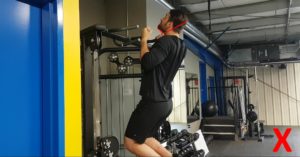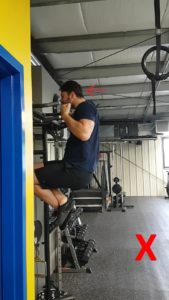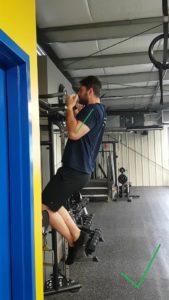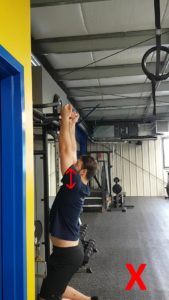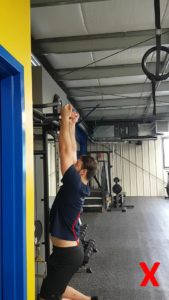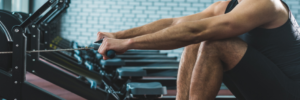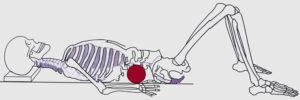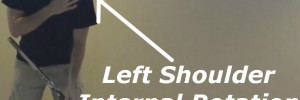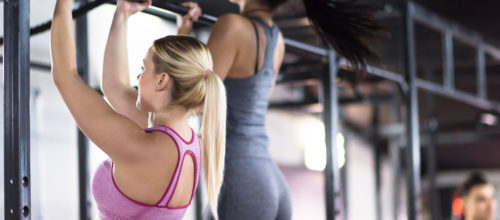
5 Tips For Improving Your Chin-Up Performance
The chin-up is one of the most popular upper body strengthening exercises. Fitness assessments, military-style training and strength programs all incorporate the chin-up to some extent. The chin-up is not an easy exercise to perform. People may struggle with the chin-up, or some may not know how to perform it with proper technique.
Assuming incorrect technique during the chin-up could aggravate existing neck, shoulder or low back issues. For this post – I’m going to provide you with 5 tips for improving your chin-up performance.
1. Keep the Neck Neutral
People often cheat the chin-up by moving their chin-upwards and hyperextending the neck. Hyperextending the neck in a repetitive motion is a good way for one to develop neck problems. Also, people may move into forward head posture when performing the chin-up, which causes an increase in loading on the cervical spine. Keeping the neck neutral by making a double is critical in preventing neck issues from developing.
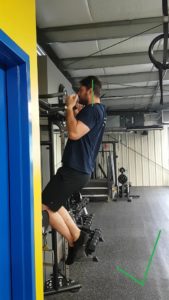
Keeping the neck neutral by making a double chin is critical in preventing any neck or shoulder problems from developing.
2. Bring the Elbows to Midline
During the chin-up, people sometimes move their elbows behind the midline of their body. By moving the elbows past the midline of the body – the humeral head will slide forward in the socket. Excessive humeral extension during the chin-up could cause irritation of the biceps tendon, create a loose shoulder capsule or further contribute to kyphosis (e.g., computer guy posture).
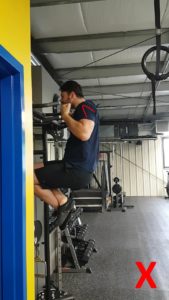
Moving the elbows behind the midline of the body will cause the scapula to tilt forward – further contributing to kyphosis.
3. Don’t Let the Arms Hang in the Bottom Position
I got this tip from Eric Cressey. Eric mentions in a previous post that when one hangs at the bottom of a chin-up – they are creating a significant traction force that will pull the humeral head out of the socket. For a population that doesn’t have any shoulder issues – it may not be a concern, but for a population with a history of shoulder problems – this could create some irritation of the shoulder if repeated enough.

Stopping before the “dead-hang” position and keeping tension in the lats will prevent the humeral head from sliding out of the socket.
4. Avoid Arching the Low Back
When performing the chin-up – you will sometimes see people engage in an excessive arch of their low back to help pull themselves up. While I’m not concerned with a little bit of arching on the chin-up for people without extension based low back issues – my concern is if the arching became excessive. Excessive arching – if repeated frequent, can become a problem since the vertebral arch may be taking an excessive amount of force. Engaging the anterior core and squeezing the glutes were one can will help prevent arching of the low back.
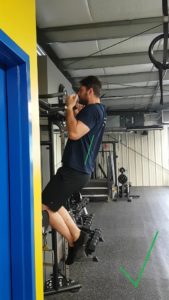
Neutral spine during the chin-up. Focus on engaging the anterior core and activating the glutes when possible.
5. Grip the Bar Tight by Stiffening Your Wrist and Elbow Joints
Looking at the chin-up from a performance standpoint – people will approach the chin-up with a loose grip – making it hard to pull-up. If one assumes a firm grip by squeezing the bar tight and stiffening the elbow and wrist joints – they will be able to produce more force. By producing more force a person may notice they can perform a few more repetitions of the chin-up then they thought they could.
Final Thoughts
The chin-up is not an exercise for everyone. And people with existing wrist, elbow, shoulder, neck or low back problems need to be careful with the chin-up. But if prescribed to the right person and performed with proper technique – the chin-up is a phenomenal upper body exercise. Just be sure to follow the 5 tips above as they will help improve your chin-up performance 🙂
Salute,
Remi
Thumbnail Image Licensed from “.shock/depositphotos.com”

